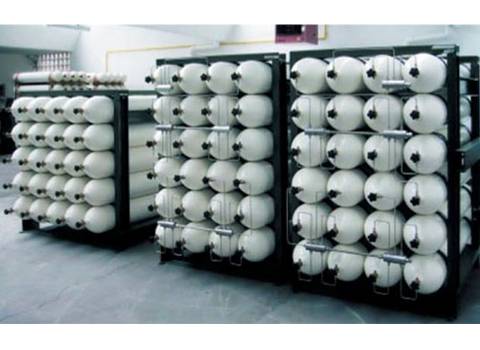Опубликован в 03. 03, 2021
Although similar, each is designed for different applications
All of these parts were produced with metal spinning, with the workpiece being formed over a mandrel.
Metal spinning originated as a handcraft technique with origins, according to some, dating back to 10th-century China. Nowadays it is a powerful and advanced manufacturing process carried out by CNC machines.
Today the industrial spinning industry not only uses precision metal spinning, but also a closely related process called flow forming. In fact, flow forming can be considered to be a specialized kind of spinning process.
Both metal spinning and flow forming can make workpieces from just a few inches in diameter up to several feet in diameter and lengths. Flow forming today produces parts for the nuclear, oil and gas, chemical, and medical industries, among others. Metal spinning technology can be found in a broad range of fields, from decorative components and general industrial products to aerospace and defense components

Metal spinning machine produces axisymmetric workpieces starting from a blank. This blank is commonly a flat disk sheet and occasionally a deep-drawn or machined preform. The blank is clamped against a rotating mandrel using a tailstock system, and the mandrel is shaped with the profile of the inner final workpiece. Once the blank is clamped and rotated, forming slides drive a rotating tool called a roller against the blank. With consecutive movements called strokes or passes, the roller pushes the blank against the mandrel
After several backward and forward forming passes, starting next to the mandrel surface to the edge of the disk blank, the material progressively forms closer to the mandrel until the final shape is obtained. A final pass leaves a good finish quality and forms the material tightly to the mandrel to satisfy dimensional and tolerance requirements.
Metal spinning has several iterations that suit different applications. Among them, multipass spinning is the most common; as described earlier, a roller makes forming passes across the spinning disk multiple times, shaping the metal against the mandrel.
Another common iteration, shear forming, finishes a part in just one pass, with the roller pressing against the metal in a unique fashion. In multipass spinning, the unformed flange section of the disk bends forward and backward during the process, depending on the type and direction of the spinning passes. In shear forming, the roller keeps that spinning flange perfectly vertical during the process.
Besides multipass spinning and shear forming is another, less common metal spinning iteration called necking-in or reducing—sometimes referred to as “spinning on air.” As the name implies, it usually requires no mandrel for internal support. It is commonly used for shapes such as gas bottles, which are necked-in out of a tube.
The information is provided by the metal spinning machine manufacturer.